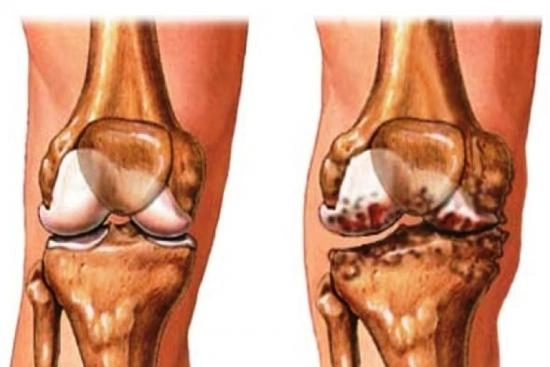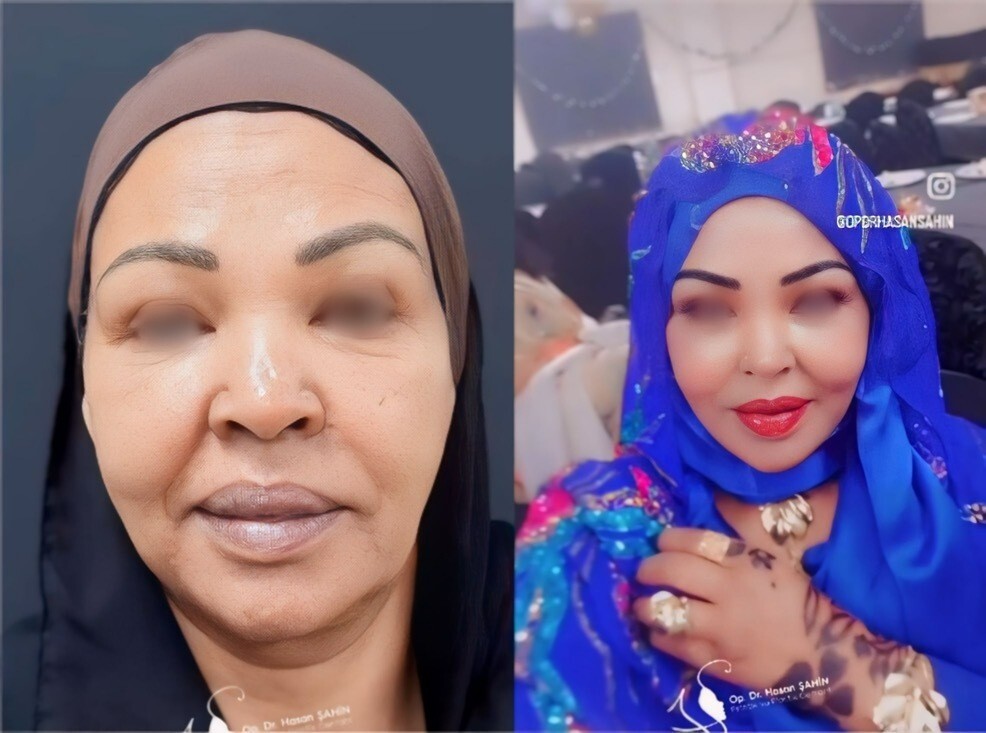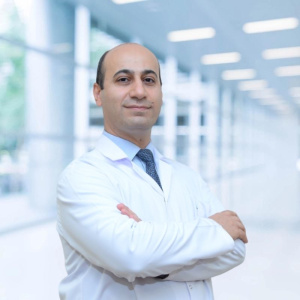Persistent joint pain, morning stiffness, loss of flexibility... Osteoarthritis is more than just "aging joints"; it's a chronic disease that can make everyday activities painful. Climbing stairs, walking long distances, and getting dressed can become uncomfortable or even painful.
Would you like to move freely again, without pain? Turkey is at the forefront of advances in osteoarthritis treatment, paving the way for comprehensive, personalized, and effective care. Whether you're looking to relieve pain, slow disease progression, or consider joint tissue regeneration, you'll find a solution tailored to your needs.
Thanks to our specialists' combined expertise in rheumatology, orthopedics, and regenerative medicine, we can support you every step of the way, from precise diagnosis to post-treatment follow-up.









